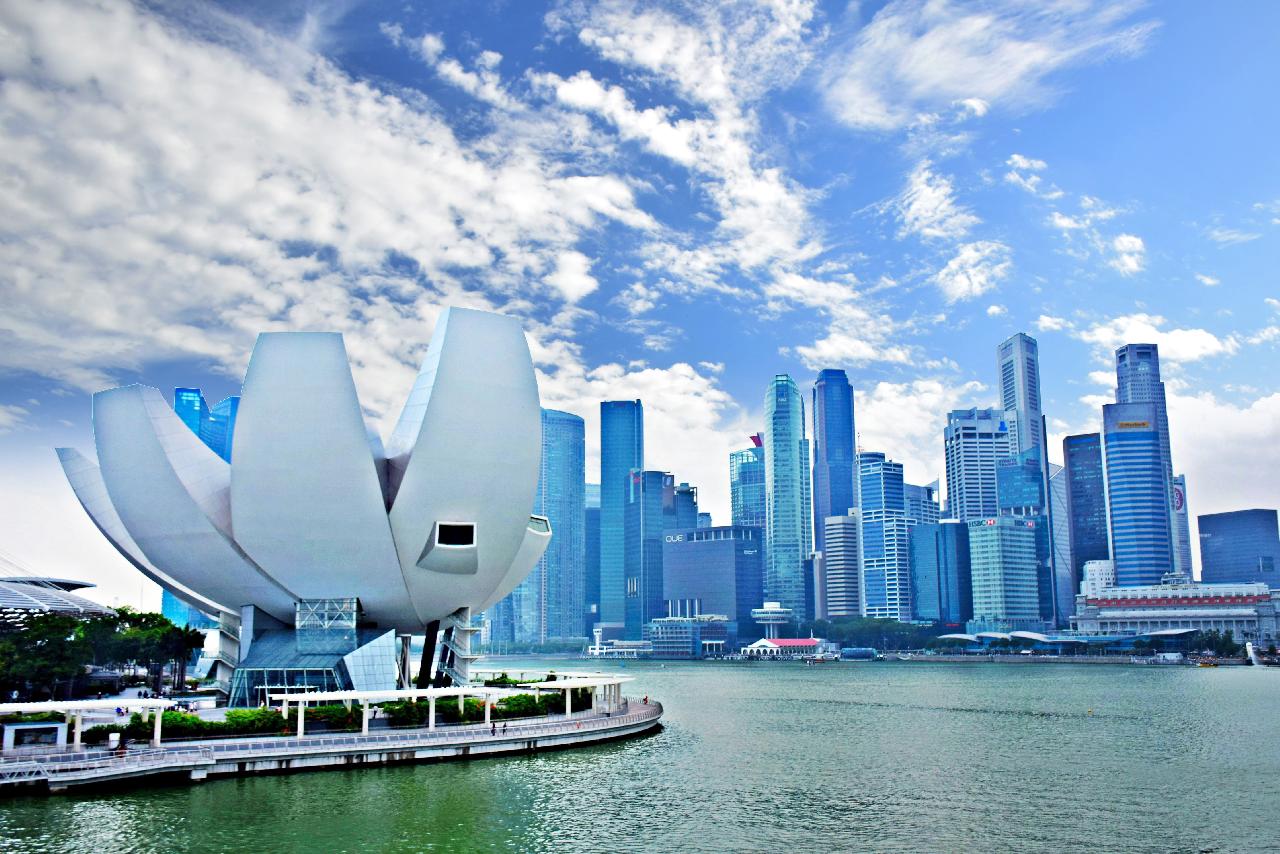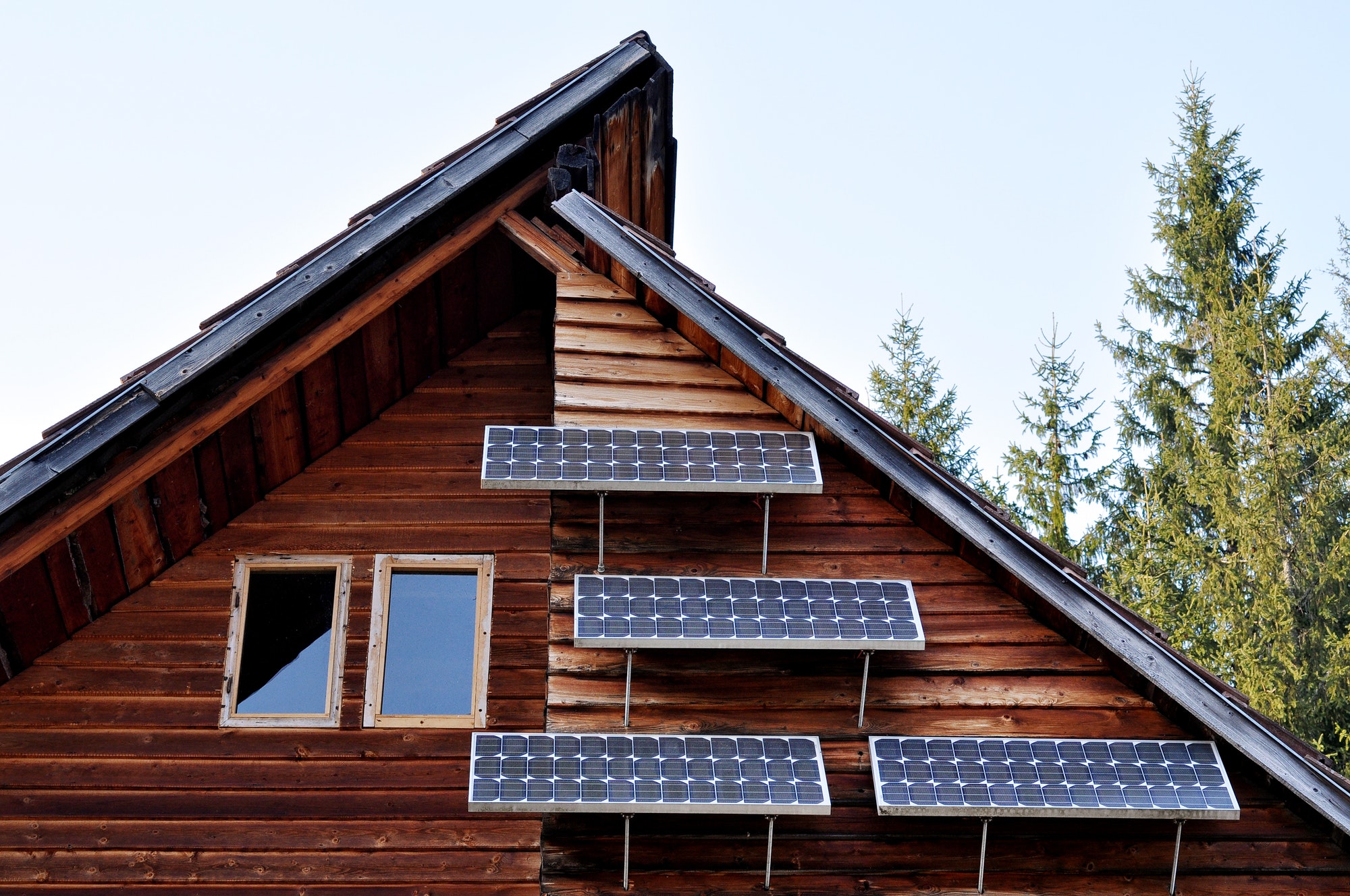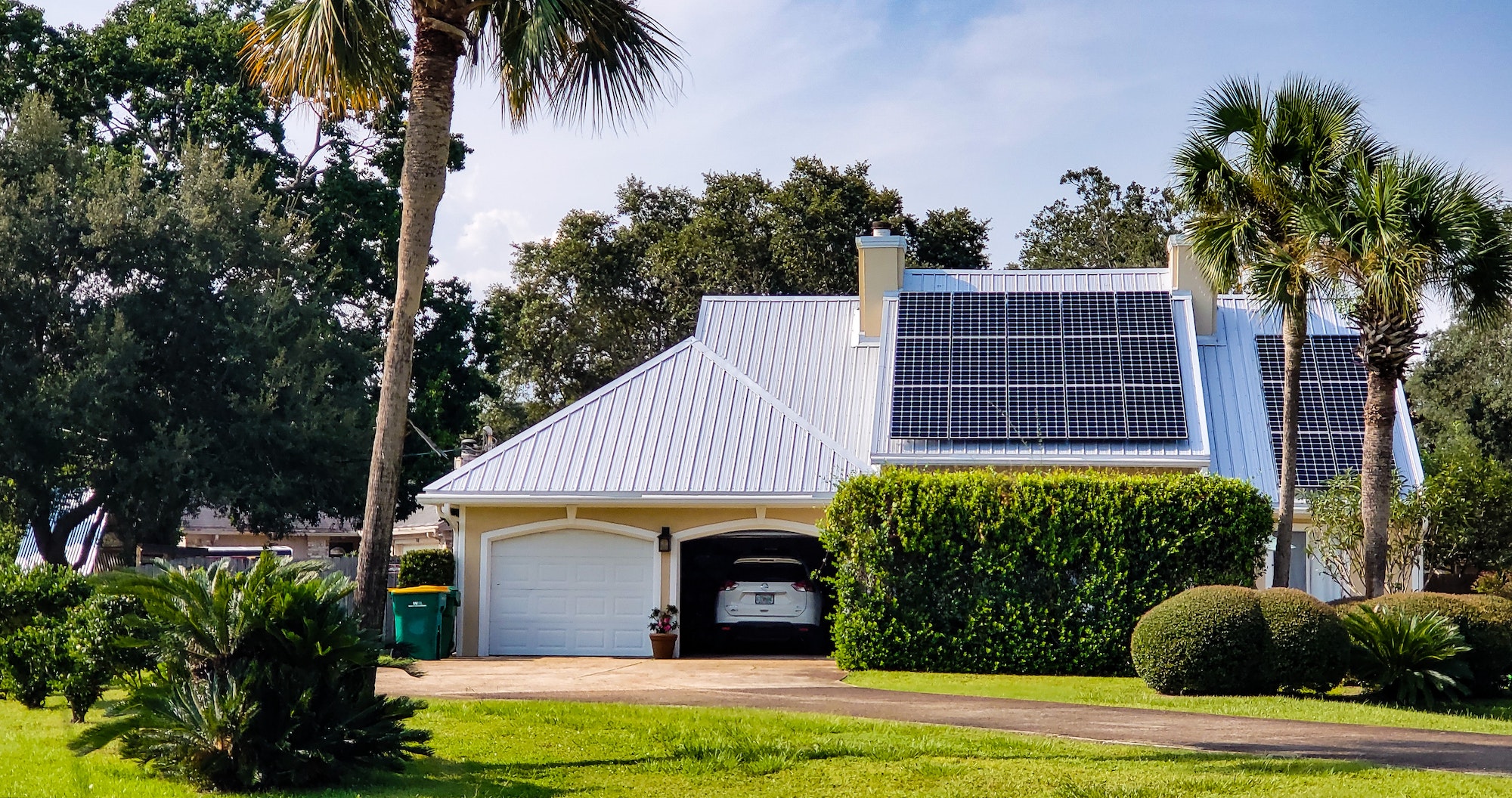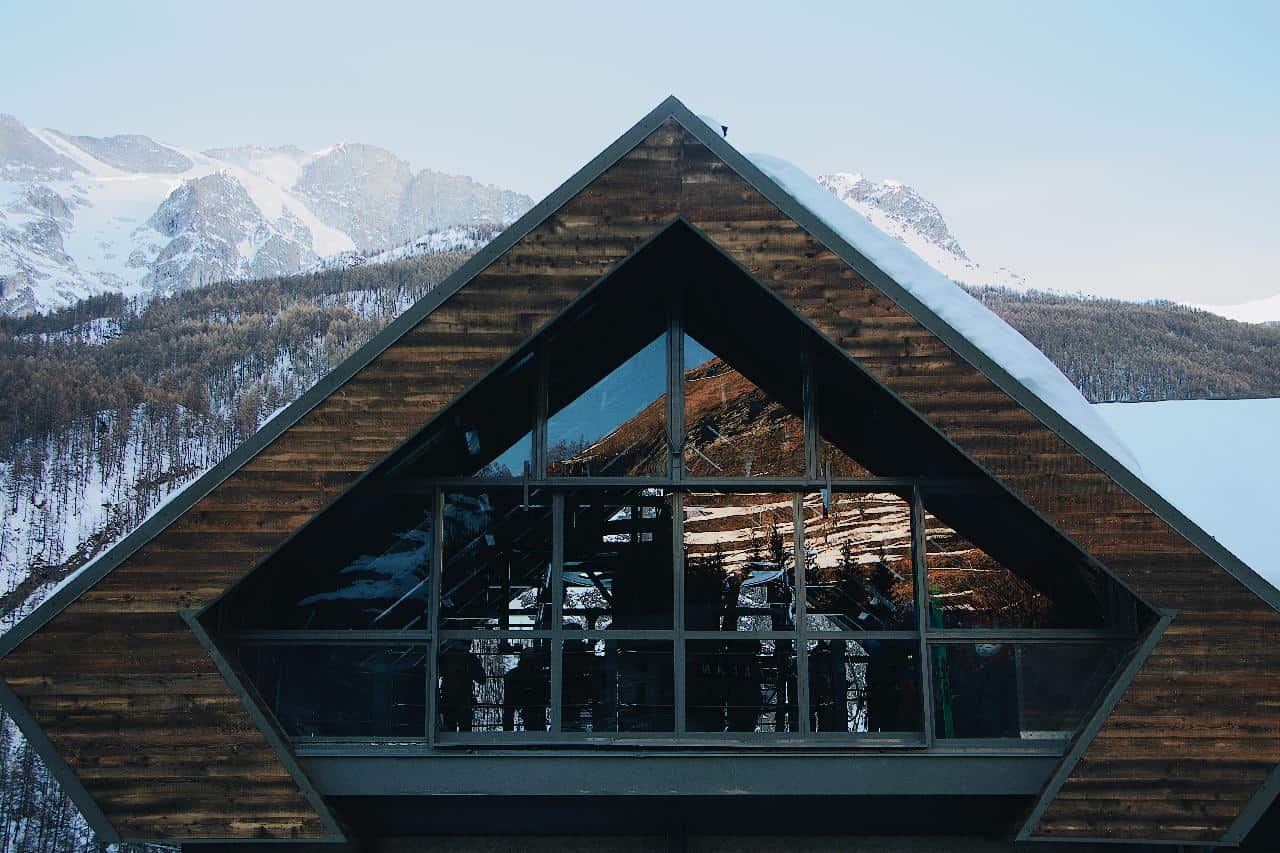Bring ideas to life.
That’s what animations are all about. Right?
But what if we tell you, you can use the same formula to present your architectural ideas. Fascinating, isn’t it? Not only houses, but the 3D animation technology has also swiftly made its mark in the real estate industry, such as restaurants, hotels, malls, and so on.
Gone are the days when architects or designers had to limit themselves to pencil sketches and models to showcase their ideas. The 3D designs help architects prepare a realistic presentation to make a lasting impression on their clients.
But how is it helping designers in today’s ever-changing digital landscapes? Let’s find out!
Technology And The Future of Architecture
A lot goes into building the designs for real estate. You detail every inch and corner of your building with care. But with 3D animations, you can showcase these details to your clients as well. After all, it’s them who will be using your designs in the future.
How is it beneficial?
A 3D rendering helps to put the motion to your ideas before the actual construction starts. This is quite beneficial in times when you have hundreds of designs in your head but have no time to see what will actually work. But with 3D rendering, you can see what options will be better in reality without losing any options.
Plus, you give a chance to your clients to have an interactive experience with your designs. It’s like giving them a digital walkthrough into the building. For instance, using images (even the high-quality ones) won’t provide the right feel of an interior even if you show the type of materials, furniture, or decor. With 3D rendering, you can show different interiors with perfect visualization with the proper transitions.
Moreover, this technology allows cost-effective changes as compared to its predecessors. All you need to do is click a few buttons, and you’ll get the desired results.
However, the key is maintaining the right balance between traditional and modern tools and techniques. Only then can you achieve your desired outcomes. So, how can you achieve that? Any idea? Keep reading and you’ll know!
How to get started with it?
Now that you have an idea of how 3D animations have changed the face of the architecture industry, the next step is to start making them or how to integrate them into your plans for a better reach. Right? Here’s what you need to do.
Invest in good rendering software or services: For creating 3d animations, you’ll require good software, or you need to consult experts providing 3d rendering services to bring your creations to life. This will allow you to create something that will help you and your clients previsualize the model before it commences.
For this to happen, you’ve to first start with creating a 2D construction plan as a foundation for your 3D project. You need to do the same steps as you were doing before. Just that you’ll have to submit your 2D designs for them to be transformed into 3D renderings.
Use it as a Marketing Tool: If you have a concept design ready, marketing it will be a lot easier if you have 3D animation of it. It will allow your customers to see the exact vision and determine whether they will like to invest in your project (chances of that happening are usually high).
Plus, the technology will project you like the modern and customer-focused. This will make your brand look even more powerful.
Wrapping up
If you are in the field of architecture or interior design, you’ll understand that it takes a lot of time and energy to create designs. You have a clear picture in mind as to what every inch of the corner of your project will look like. Isn’t it? However, you can’t always take your thought process the way it is to your clients.
For instance, whether it’s for commercial or residential construction, you can showcase even the minute details of your project with perfection. This allows architects and designers to present an impressive image of their project. Isn’t that amazing?
To put it another way. 3D animations usually come to the rescue when you wish to relay your thoughts in a visual format. Even the smallest designs or elements can be included in this concept to give it the right amount of flair to make it stand out. In short, you can easily show your project in full splendor without losing the intricate details.
Discover more from Futurist Architecture
Subscribe to get the latest posts sent to your email.



